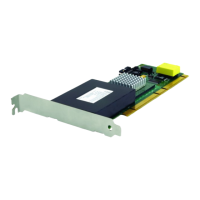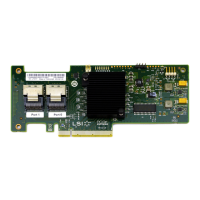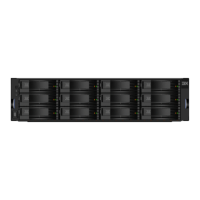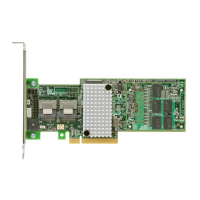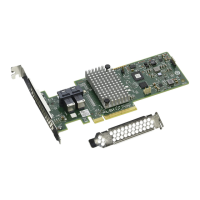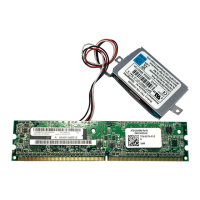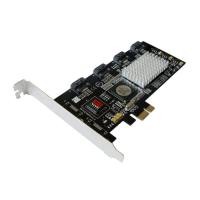Glossary
This
glossary
includes
terms
and
definitions
from
the
IBM Dictionary
of
Computing: Information Processing,
Personal Computing, Telecommunications,
Office
Systems, IBM-specific Terms, SC20-1699.
The
terms
in this
glossary
are
defined
here
as they
apply
to
the 3174
Establishment
Controller.
A
access method. A
technique
for
moving
data
between
main
storage
and
input/output
devices.
adapter. A general
term
for
a
device
that
provides
some
transitional
function between
two
or
more
devices.
American
National Standard Code
for
Information
Interchange (ASCII). A
standard
code, using a coded
character
set
consisting
of 7-bit
coded
characters
(8
bits
including
parity
check), used
for
information
interchange among data
processing
systems, data
communication
systems, and associated equipment.
The
ASCII
set
consists of
control
characters
and
graphic
characters.
application.
The use to
which
an
information
processing system is put,
for
example,
a
payroll
application, an
airline
reservation
application,
or
a
network
application.
application
program.
(1) A
program
written
for
or
by a
user
that
applies
to the
user's
work,
such as a
program
that
does
inventory
control
or
payroll.
(2) A
program
uSed to connect and
communicate
with
stations
in a
network, enabling
users
to
perform
application-oriented
activities.
ASCII emulation. The
ability
of a 3270
display
station
or
printer
to
communicate
with
an ASCII host using the
DEC
VT100
or
IBM
3101
data
stream.
asynchronous.
(1)
Without
regular
time
relationship;
unexpected
or
unpredictable
with
respect
to
the
execution of
program
instructions.
(2)
In asynchronous
data
transmissions,
data
characters
may
be
sent
or
received
at
any
time; no
modem
clocking
is used to
establish
bit
timing.
Asynchronous
Emulation
Adapter
(AEA). In the 3174
Establishment
Controller,
an
adapter
that
enables an
ASCII
terminal
to
communicate
with
a 3270 host using
the 3270 data
stream,
an ASCII
terminal
to
communicate
with
an ASCII host
through
the 3174, and
a 3270
terminal
to
communicate
with
an ASCII host
using the
DEC
VT100
data
stream
or
the IBM
3101
data
stream.
attach. To connect a
device
logically
to
a 3174
adapter, so that
it
can
communicate
over
the network.
attachment
feature. The
circuitry
by
which
a
cable
from
a local
terminal
or
a
modem
for
a
remote
terminal
is attached to a 3792
Auxiliary
Control
Unit
or
a
3791
Controller.
B
backbone.
In
a
multiple-ring
local
area
network, a
high-speed
link
to
which
the rings
are
connected by
means of bridges. A backbone
may
be
configured
as a
bus
or
as a ring.
balun. A
transformer
for
connected balanced (for
instance, twisted pair)
cables
to
unbalanced (for
instance, coaxial)
cable
by
matching
the
electrical
characteristics
of the cables.
binary
synchronous
communication
(BSC). Data
transmission
in which
character
synchronism
is
controlled
by
timing
signals
generated
at
the sending
and receiving stations.
c
card. In the 3174
Establishment
Controller,
a
unit
of
electronic
circuitry
contained in a
plastic
casing
(or
cassette) and
providing
the
control
unit
with
a
specialized
function,
for
example, a
Terminal
Adapter
or
an
Encrypt/Decrypt
Adapter.
Central
site
change
management
(CSCM). A function
of the 3174
microcode
that
tracks
the
microcode
for
each
controller
in a
network
and, in
conjunction
with
NetView DM,
electronically
distributes
and
retrieves
microcode
changes
for
each
controller.
central
site
customizing. The
process
of
tailoring
controller
microcode
for
each
controller
in a network,
at
the central site.
central
site
library.
One
or
more
Library
disks
that
contain
customizing
data and label
information
for
the
controllers
in a network.
channel-attached. Pertaining
to
attachment
of
devices
directly
by data channels (I/O channels) to a computer.
Synonym
for
local. Contrast
with
telecommunication-attached.
channel-to-channel adapter. A
hardware
device
that
can be used to connect
two
channels
on the
same
computing
system
or
on
different
systems.
Glossary
X-5

